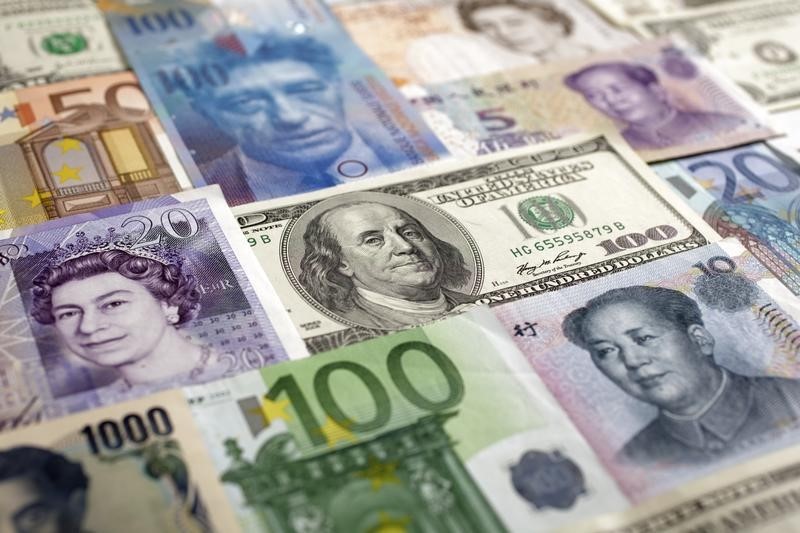* Canadian dollar at C$1.2502, or 79.99 U.S. cents
* Loonie at strongest level since July 1, 2015
* Bond prices lower across the maturity curve
By Fergal Smith
TORONTO, April 29 (Reuters) - Canada's dollar strengthened
against a broadly weaker U.S. currency on Friday as oil rose and
Canadian data supported expectations of strong first-quarter
economic growth.
Canada's economy contracted 0.1 percent in February, as
expected, after climbing 0.6 percent in January, data from
Statistics Canada showed.
It leaves the economy on track to grow 3 percent in the
first quarter, according to Richard Gilhooly, the head of rates
strategy at CIBC Capital Markets.
Oil prices touched fresh highs for 2016 as a weak U.S.
dollar and falling U.S. production tempered concerns about a
lingering excess of physical oil. U.S. crude CLc1 was up 1.43
percent at $46.69 a barrel. O/R
The U.S. dollar .DXY fell against a basket of major
currencies on Thursday after the Bank of Japan's unexpected
decision to withhold from further monetary policy easing rippled
through markets and GDP data showed the U.S. economy virtually
ground to a halt in the first quarter.
At 9:41 a.m. EDT (1341 GMT), the Canadian dollar CAD=D4
was trading at C$1.2502 to the greenback, or 79.99 U.S. cents,
stronger than Thursday's close of C$1.2549, or 79.69 U.S. cents.
The currency's weakest level of the session was C$1.2555 and
its strongest was C$1.2500, a level not seen since July 1, 2015.
A shift in expectations for the direction of Canadian
interest rates has added to recent support for the loonie, as
Canada's dollar is commonly known. Overnight index swaps (OIS)
imply a modest chance of a rate hike this year, a swing from the
more than 50 percent chance of a cut seen at the beginning of
March. BOCWATCH
However, the Bank of Canada will not want to see additional
Canadian dollar strength, Gilhooly said.
"They want the export diversification, which they say will
take up to three years, they want to see that continuing and
this is not helping that process," he added.
Canadian government bond prices were lower across the
maturity curve, with the two-year CA2YT=RR price down 4.5
Canadian cents to yield 0.695 percent and the benchmark 10-year
CA10YT=RR falling 37 Canadian cents to yield 1.516 percent.
The Canada-U.S. 10-year spread was 1.8 basis points less
negative at -34.4 basis points, its smallest gap since Jan. 20,
2015, as Canadian government bonds underperformed.
